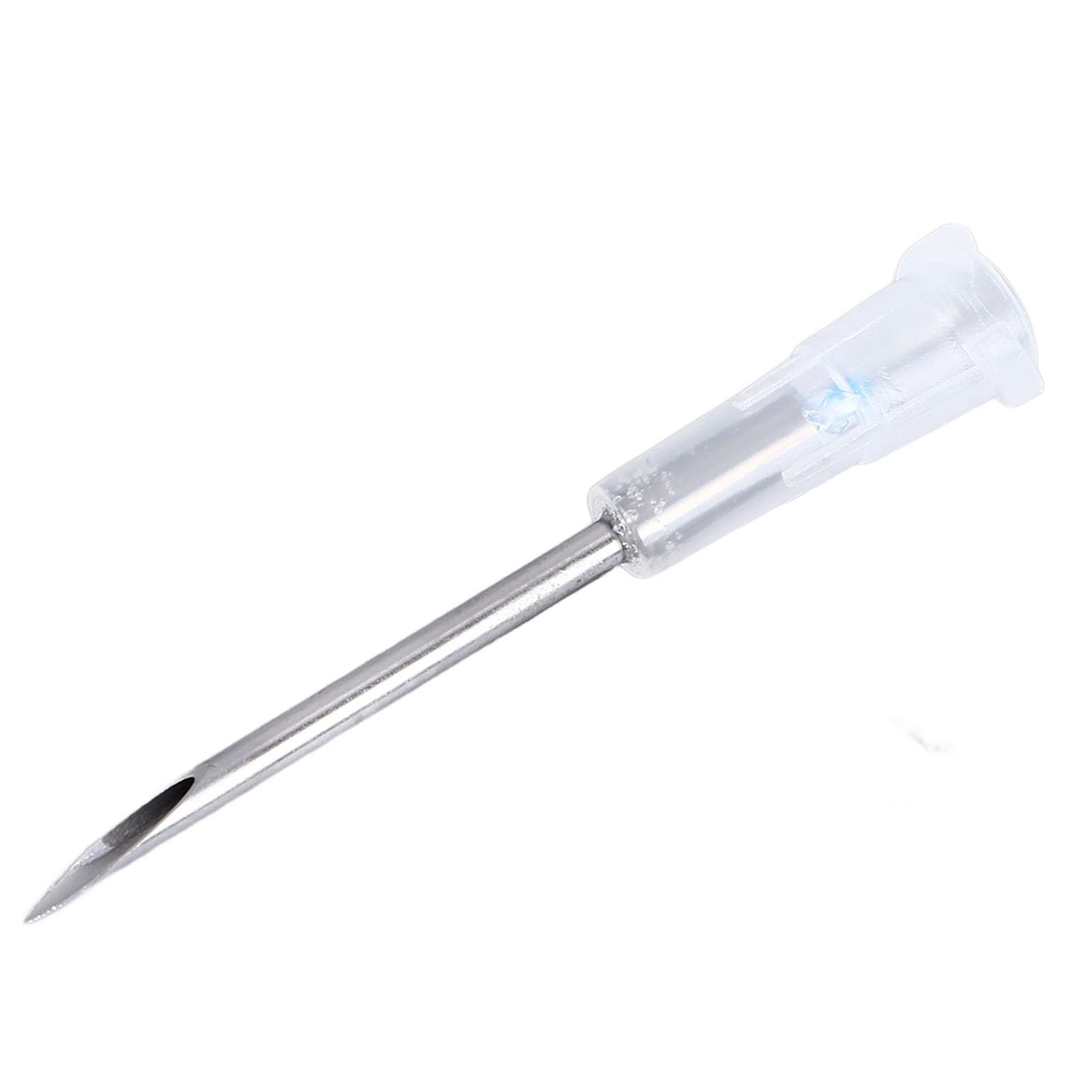Update Your Pet's Microchip Info: A Step-by-Step Guide
Keeping your pet’s microchip information up to date is essential for ensuring they can be quickly reunited with you if they ever get lost. This guide provides easy-to-follow steps for updating your contact details, explains the importance of maintaining accurate records, and shares practical tips for responsible pet ownership.
WHY UPDATING YOUR PET’S MICROCHIP INFORMATION MATTERS
Microchipping is one of the most reliable methods of pet identification. A microchip contains a unique identification number linked to your personal contact details in a microchip registry. However, the chip is only useful if the information in the registry is current.
When a lost pet is found, shelters or veterinarians scan the chip to retrieve the ID number and access the owner’s details from the database. If the information is outdated or incomplete, reuniting you with your pet becomes difficult.
REASONS TO UPDATE MICROCHIP INFORMATION INCLUDE:
Moving to a new address.
Changing your phone number or email address.
Transferring ownership of your pet.
Keeping your contact information accurate ensures a higher chance of being reunited with your family member in case they wander off or get lost.

STEP-BY-STEP GUIDE TO UPDATING YOUR PET’S MICROCHIP INFORMATION
1. FIND YOUR PET’S MICROCHIP NUMBER
The microchip number is essential for accessing and updating your pet’s registration. You can locate it in:
The paperwork provided during the microchip registration process.
Your pet’s medical records from the veterinarian.
Documentation from the breeder or shelter where you adopted your pet.
If you can’t find it, take your pet to a vet or shelter. They can scan the microchip to retrieve the number.
2. IDENTIFY THE MICROCHIP REGISTRY
Determine which registry holds your pet’s information. The registry is often linked to the microchip brand, such as:
HomeAgain
AKC Reunite
PetLink
24PetWatch
If you’re unsure, use the AAHA Microchip Lookup Tool to find the database associated with your pet’s microchip number.
3. ACCESS YOUR REGISTRY ACCOUNT
Log in to the registry where your pet’s information is stored.
If you’ve forgotten your credentials, most registries allow you to recover your account using your microchip number or email address.
4. UPDATE YOUR CONTACT INFORMATION
Make sure the following details are accurate:
Phone number, including a mobile number.
Current home address.
Email address.
Emergency contact information, such as a trusted friend or relative.
Carefully review your updates before saving them to avoid any errors.
5. CONFIRM AND SAVE CHANGES
Once you’ve updated the information, confirm that it’s been successfully saved. Some registries send a confirmation email to verify your changes.
6. PAY ANY APPLICABLE FEES
Certain registries may charge a fee for updates or maintaining lifetime registration. For example:
HomeAgain charges an annual fee for premium services.
PetLink offers free updates for registered users.
Check with your registry to understand their policies.
What If You Can’t Identify the Registry?
If you’re unable to determine which registry stores your pet’s microchip information:
Use the AAHA Microchip Lookup Tool to search the database using the microchip number.
Contact your vet or the shelter where you adopted your pet for assistance.
Search multiple registries if the microchip brand is unknown.
KEEPING YOUR PET’S INFORMATION CURRENT
To ensure your pet’s microchip information is always accurate:
Review Annually: Make it a habit to verify your pet’s microchip details every year.
Update After Any Changes: Immediately update your registry if you move or change your phone number or email address.
Add an Emergency Contact: Including an alternate contact can ensure someone is reachable if you’re unavailable.
Use Collars and Tags: Microchips are essential, but visible ID tags with your phone number make it easier for someone to contact you if they find your pet.
WHY MICROCHIPS ARE A RELIABLE IDENTIFICATION TOOL
Unlike collars or tags that can fall off or get damaged, microchips are implanted under your pet’s skin and provide a permanent means of identification. They are safe, durable, and reliable.
However, microchips only work if your personal contact details in the microchip registry are current. Regular updates to your pet’s microchip ensure that their unique identification number is always linked to accurate information, making it easier for rescuers to return your pet to you.

ENSURE YOUR PET’S SAFETY TODAY
Keeping your pet’s microchip information updated is a simple yet crucial step in protecting them. Take a few minutes today to verify your details with the microchip registry and ensure everything is accurate. This small effort can make a big difference in reuniting with your pet if they ever get lost.
For more tips on responsible pet care, explore our guides or contact us for personalized support.

No Comments ( as of 12/20/2025 12:01:21 AM )